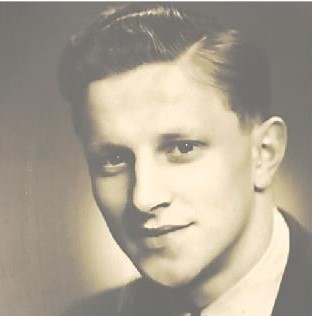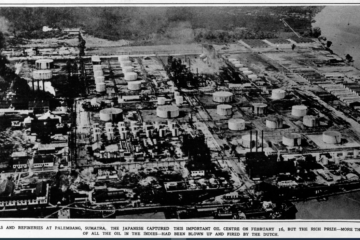
Born: 3 June 1930 (Limburg, The Netherlands)
Died: 12 January 2018 (Canberra)
Charles was a demographer and public servant who served in Papua New Guinea (1967-72) and Australia thereafter.
He was a proud and active member of the Australian Dutch community.
Driven mostly by the desire to improve their material position Dutch migrants embraced Australia’s booming economy. War-boosted, the prolific job market engendered gave them purchasing power beyond belief, compared to the Netherlands economy they left behind. Their resettlement was also greatly assisted by the immense value placed on their trades skills by Australian employers. These described their Dutch employees as ‘ambitious, hard workers, keen to do overtime, to save enough money to buy or build a home, or to become self-employed.[1]
Moreover, having been selected for their trades skills, Dutch tradesmen generally found the employment they wanted. This is well illustrated by the heavy concentration of Dutch in building construction and manufacturing in every state at the 1954 Census.[2]
Charles Beltz observed that in 1961 almost one half (46 per cent) of the Dutchmen in the Canberra labour force were employed in construction against a national average, for the Dutch, of 22.7 per cent. They had been directed to this industry by Australian immigration authorities to help with the massive public building program that was underway.[3]
The high rate of employment in trades occurred despite Australian Unions’ behest that they sit Australian trades exams, which was difficult, as the majority had only a rudimentary knowledge of English. The first generation’s concentration in the higher income brackets, as shown in Censuses from the mid 1950s to the late 1970s, validates their employment success.[4]
Employment satisfaction, a full employment economy and three decades of boom, kept most first generation Dutch employed, although many tradesmen also seesawed between subcontracting and employment. While downward mobility was not typical of the average trades emigrant, it occurred fairly frequently among later emigrants from the NEI, who included many traditional well-to-do bourgeoisie among later arriving emigrants, coming from modern well-to-do new middle class circles and self-employed petite bourgeoisie.[5]
In contrast to the earlier Dutch these tended to proffer, as their main reasons for emigrating, the lack of accessible venture capital and the strict laws, rules and regulations governing business practice after the war.[6]
They found entering business much easier in Australia, where all you needed to do was register a business name, rent a premises and open for business.
However, Census statistics from the 1980s would tend to suggest that the cohort with the highest ratio of self-employed were the children of Dutch parents educated in Australia.[7]
Many of these, who were routinely sent to work at 15 years to help out with family finances, later attended night school to upgrade their education or to skill themselves for better positions.[8]
The most prominent Dutch entrepreneurs among them are in ship building, building and construction, cars or real estate sales, grocery store chains and investment. [9]
Their economic successes tended to belie the major integration adjustment Australian society would exact.
Source: Dutch Australians at a Glance
Notes
[1] C. Beltz, ‘Dutch Migration to Australia, 1946-1961’, Unpublished Thesis (Canberra 1964) 183-184, 8; Appleyard (1956, 51); G. Beijer, Characteristics of Overseas Immigrants (The Hague 1961); J.H. Elich, ‘Aan de Ene Kant Aan de Andere Kant: De Emigratie van de Nederlanders Naar Australië 1946-1986’ (Delft 1987). Download from UNA website
[2] J. Zubrzycki, Settlers of the Latrobe Valley: A Sociological study of immigrants in the Brown Coal Industry in Australia (Canberra 1964) 87.
[3] Beltz, (1964).
[4] Zubryzycki (1961) 74; Peters (2000).
[5] Beijer et al (1961) 193.[6] ibid (122).
[7] Peters (2000).
[8] ibid.
[9] Research data gathered around Australia for ‘Footsteps of the Dutch in Australia’ 2005-2006.
Charles was also the Foundation Executive Director of the Australian Fulbright Association which celebrated its 40th year of the Fulbright program in Australia in 1990. Together with Dr. W.G. (Bill) Walker (University of Illinois 1956), they persuaded the Board in the USA to establish an alumni association in Australia. (Source: Fulbright Association newsletter Spring 1992).

